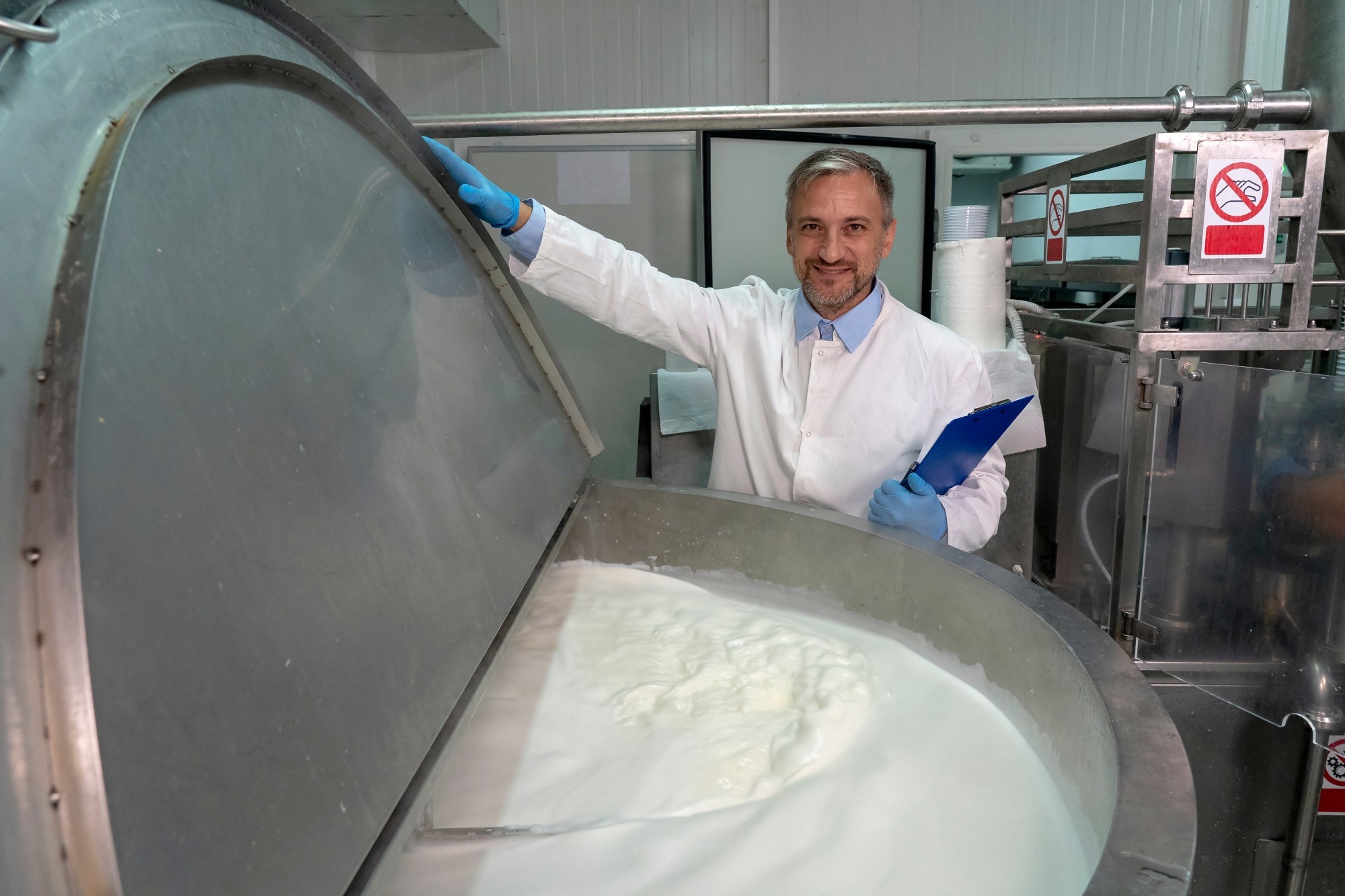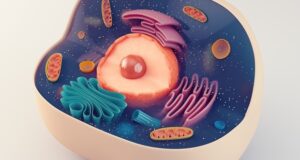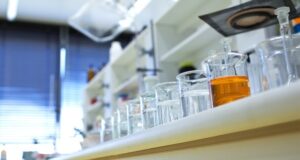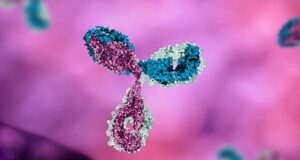Research confirms that standard pasteurization methods effectively inactivate influenza viruses in milk, reducing public health risks and reinforcing the safety of dairy consumption.
 Study: Pasteurisation temperatures effectively inactivate influenza A viruses in milk. Image Credit: RGtimeline / Shutterstock
Study: Pasteurisation temperatures effectively inactivate influenza A viruses in milk. Image Credit: RGtimeline / Shutterstock
In a recent study published in the journal Nature Communications, researchers evaluated the ability of pasteurization, Louis Pasteur’s 150-year-old bacteria-killing technique, to inactivate harmful influenza viruses from cow’s milk.
Their findings reveal that influenza viruses lose their infective potential at normal pasteurization temperatures (63-72 °C), although viral genetic material may still be detectable. This study confirms that pasteurization effectively inactivates influenza viruses in milk, reducing the risk of milk-borne transmission to humans.
Background
Avian influenza, colloquially known as ‘bird flu’ (H5N1), is a disease typically infecting birds caused by influenza type A viruses (IAVs). A lineage of H5N1 (clade 2.3.4.4b) first discovered in 2020 is especially pathogenic, causing the most widespread and lethal avian influenza outbreak in recorded history.
Alarmingly, IAVs are highly mutative and are known to spill over to several mammal species, including humans. Since 2003, 954 confirmed human infections have been recorded across 24 countries, 460 of which have been lethal. Notably, most recorded mammalian transmission occurred in wild animals far removed from human settlements, limiting human transmission and preventing epidemic-like events.
However, recent (2024) outbreaks in domestic American cattle have rung alarm bells in clinicians and policymakers, especially given the alarmingly high concentrations of viral material in infected cow’s milk. These concerns are exacerbated by several confirmed IAV infections in dairy workers exposed to infected cows.
“…although IAV typically spreads by respiratory or fecal-oral transmission, H5N1 HPAIV was shed at startlingly high titers into milk. Shedding into milk appears to have led to further spillover events on dairy farms, with H5N1 identified in dead farm cats, wild raccoons and foxes, cattle-associated perching birds, and nearby poultry flocks.”
Pasteurization
In 1864, the eminent French microbiologist Louis Pasteur developed a thermal bacteria-inactivation protocol named ‘Pasteurization.’ The procedure involves using heat (typically in the 60-80 °C range) to destroy bacteria from (mainly liquid) foods, thereby rendering them sterile and safe for consumption. Pasteurization deactivates most ‘spoilage’ enzymes in these foods, extending their shelf lives.
Milk is routinely subjected to pasteurization worldwide, primarily to combat the numerous known bacterial pathogens in dairy animals and extend its shelf life. However, it was previously uncertain whether pasteurization could inactivate viruses, preventing their transmission from infected dairy animals to humans. In light of the recent IAV outbreak in American cattle, the present study aims to evaluate the effectiveness of heat treatment in destroying viruses and safeguarding humans against influenza viruses.
About the Study
The study tested not only H5N1 but also other influenza A viruses (H5N2, H5N3), influenza D virus (IDV), and reassortant strains, ensuring that the findings apply broadly to different influenza types.
Viruses analyzed in the current study comprised a laboratory strain A/Puerto Rico/8/1934 (PR8) genetically modified to represent six strains of reassortant influenza viruses. Additionally, several H5N1 strains and one strain each of H5N3 (A/Duck/Singapore/97), H5N2 (A/wild-duck/Italy/17VIR6926-1/2017), and IDV (D/bovine/France/5920/2014) were assessed in pasteurization assays.
Milk for the assays was sourced from United Kingdom (UK)-based supermarkets and the University of Edinburgh. Pasteurization assays consisted of test virus-supplemented milk subjected to either 63 °C or 72 °C heat treatment (the general range of pasteurization temperatures used globally) for varying durations of time.
“We chose temperatures representing the two most common methods of pasteurizing milk: low-temperature long time (LTLT; the vat method), which requires heating to at least 62.5 °C (in our study, 63 °C) for at least 30 min; and high-temperature short time (HTST), which requires heating to at least 72 °C for at least 15 s.”
Following these assays, virus infectivity was assessed using immunocytochemistry experiments in Madin-Darby Canine Kidney (MDCK) cells.
Study Findings
Viral infectivity assays revealed that heat treatment (63 °C and 72 °C) resulted in rapid viral inactivation but not instantaneously, with infectivity dropping by orders of magnitude in seconds. Irrespective of the viral strain tested, infectivity was lost well before the end of regular pasteurization periods routinely employed in milk pasteurization facilities.
These findings remained robust irrespective of the type of milk used – fresh (University of Edinburgh) or processed (UK-based supermarkets). Immunocytochemistry assays confirmed these findings, highlighting the effectiveness of the pasteurization process in preventing any residual viral material from causing infection in mammalian cells.
Conclusions
The present study tested the ability of pasteurization to prevent cow-to-human viral transmission via infected milk. Study findings revealed that both currently used pasteurization techniques (LTLT [63 °C] and HTST [72 °C]) rapidly and effectively destroy and inactivate IAVs and influenza D viruses (IDVs), reinforcing the safety of pasteurized milk.
However, researchers warn that raw (unpasteurized) milk remains a significant risk, as H5N1 and other influenza viruses can remain infectious in unheated milk. Consumers should ensure that their milk and dairy products are properly heat-treated.
Additionally, while this study was conducted under laboratory conditions, available evidence suggests that commercial pasteurization equipment also effectively inactivates influenza viruses, reinforcing the safety of industrially processed milk.
This study thus highlights pasteurization’s benefits and protective effects in preventing avian influenza in human populations. It further supports existing public health guidance urging milk consumers to ensure their dairy products undergo proper heat treatment.




